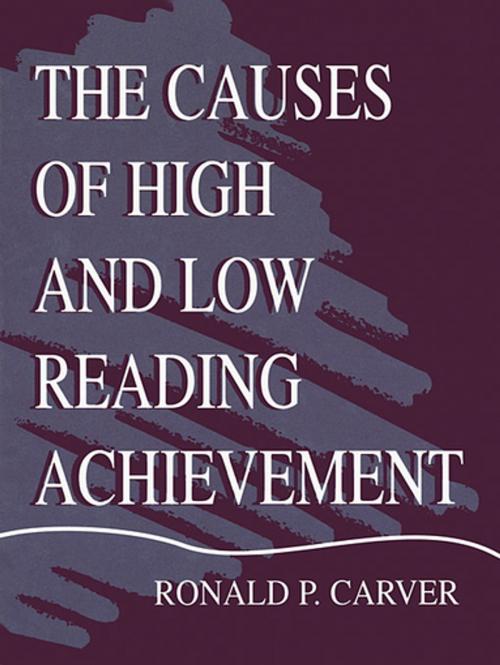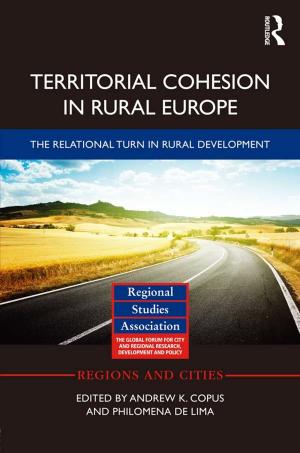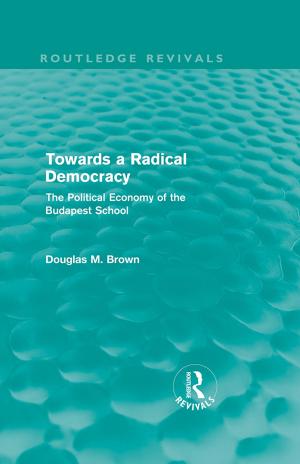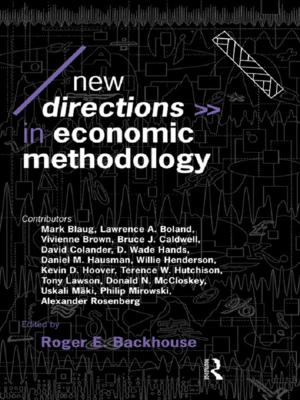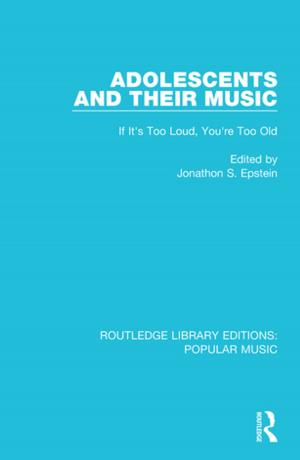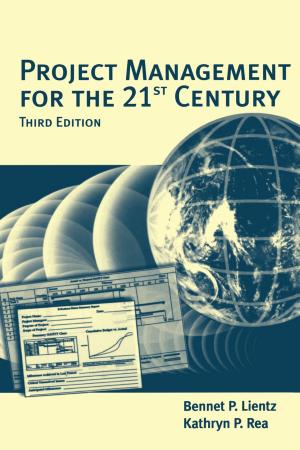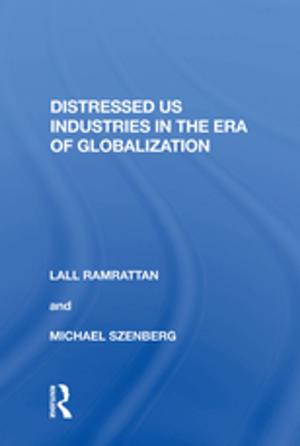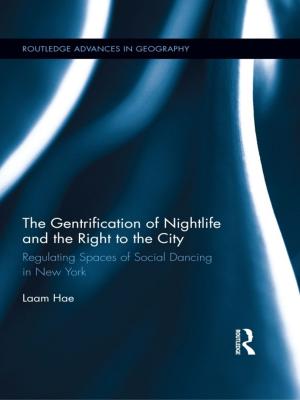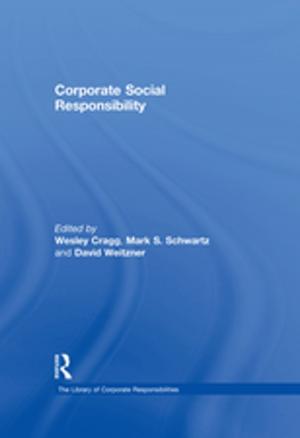The Causes of High and Low Reading Achievement
Nonfiction, Reference & Language, Education & Teaching, Teaching, Teaching Methods| Author: | Ronald P. Carver | ISBN: | 9781135660253 |
| Publisher: | Taylor and Francis | Publication: | February 1, 2000 |
| Imprint: | Routledge | Language: | English |
| Author: | Ronald P. Carver |
| ISBN: | 9781135660253 |
| Publisher: | Taylor and Francis |
| Publication: | February 1, 2000 |
| Imprint: | Routledge |
| Language: | English |
This book describes all of the important factors that cause some students to have low reading achievement and others to have high reading achievement. It concentrates on the main factors that influence how much a student gains in reading achievement during a year of school, or a calendar year. An attempt is made to answer the following questions: what can educators do to increase reading achievement, and what is beyond their influence?
The author is directly concerned with achievement associated with normal or typical reading. The focus of the book is on things teachers can do during an entire school year that are likely to improve the reading level and reading rate of students, which in turn, will increase their reading achievement. This effort to specify the most important causes of high and low reading achievement represents an integration of two disciplines of scientific psychology--experimental psychology and psychometrics.
A glossary at the end of the book contains definitions of terms and concepts. Helpful appendices explain rauding theory, the three laws of rauding theory, and the equations that can be used to predict the accuracy of reading comprehension, provide conversions among units of rauding rate, and list the numbered equations presented in the book.
This book describes all of the important factors that cause some students to have low reading achievement and others to have high reading achievement. It concentrates on the main factors that influence how much a student gains in reading achievement during a year of school, or a calendar year. An attempt is made to answer the following questions: what can educators do to increase reading achievement, and what is beyond their influence?
The author is directly concerned with achievement associated with normal or typical reading. The focus of the book is on things teachers can do during an entire school year that are likely to improve the reading level and reading rate of students, which in turn, will increase their reading achievement. This effort to specify the most important causes of high and low reading achievement represents an integration of two disciplines of scientific psychology--experimental psychology and psychometrics.
A glossary at the end of the book contains definitions of terms and concepts. Helpful appendices explain rauding theory, the three laws of rauding theory, and the equations that can be used to predict the accuracy of reading comprehension, provide conversions among units of rauding rate, and list the numbered equations presented in the book.
